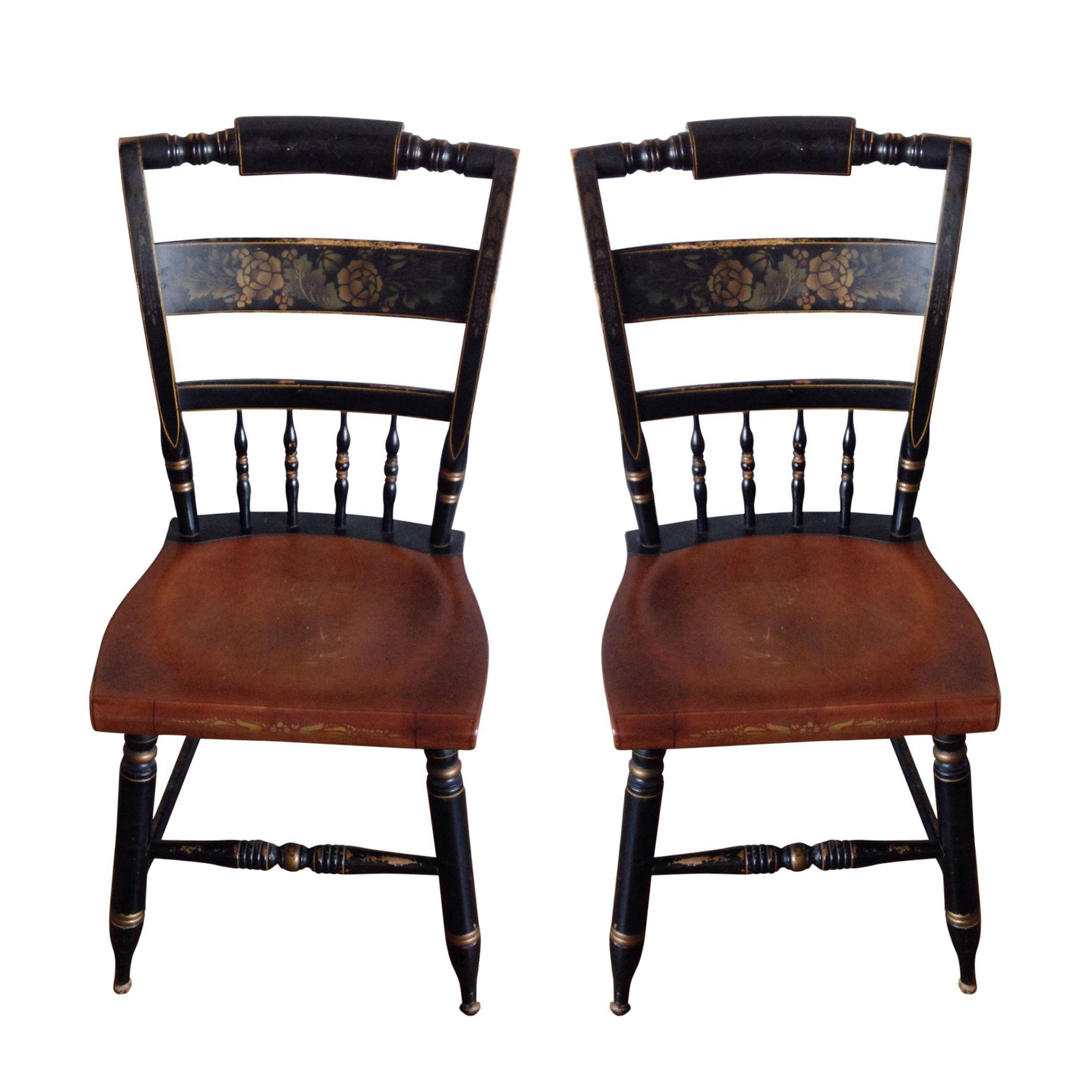The Desk and Chair in Hitchcockian Context: Hitchcock Desk And Chair
A seemingly innocuous desk and chair can become potent symbols of power, vulnerability, and the unsettling psychological landscapes so characteristic of Alfred Hitchcock’s films. Their design, placement, and the interactions surrounding them contribute significantly to the suspense and paranoia that define his cinematic universe. By examining specific examples, we can understand how these seemingly mundane objects become charged with meaning.
Symbolic Representation of Power and Control
In Hitchcock’s films, the desk often serves as a visual representation of power and control. Consider the imposing, dark wood desk in the office of a villain like Norman Bates in *Psycho*. Its size and material—solid, imposing, perhaps even antique—contribute to the sense of authority and dominance he exerts, contrasting sharply with the vulnerability of his victims. The chair opposite, smaller and less substantial, visually reinforces the power imbalance. Conversely, a cluttered, disorganized desk might suggest a character’s losing grip on power or their descent into madness, as perhaps seen in a scene depicting a detective’s unraveling investigation. The chair itself might be slumped or broken, reflecting the character’s mental state.
Desk and Chair Design as Reflectors of Suspense and Paranoia, Hitchcock desk and chair
The materials and design of the desk and chair can significantly heighten the atmosphere of suspense and paranoia. A gleaming, modern desk, made of cold metal and glass, might create a sense of sterile, clinical observation, evoking the voyeuristic themes in *Rear Window*. The chair, perhaps a simple, uncomfortable metal stool, would further emphasize the character’s feeling of being watched, trapped, and powerless. In contrast, an antique, ornate desk made of dark wood, coupled with a plush, high-backed leather chair, might suggest a sense of old-fashioned mystery and hidden secrets, akin to the setting in *Rebecca*. The very textures—the smooth, cold metal versus the warm, aged leather—become tactile elements of the narrative.
Comparison of Symbolic Implications Across Hitchcock’s Films
The stark contrast between the settings of *Notorious* and *The Birds* exemplifies the versatility of desk and chair symbolism. In *Notorious*, the sophisticated, elegant furniture of the Nazi household might represent a deceptive façade of normalcy masking sinister intentions. The chairs could symbolize the precarious position of the protagonist. In *The Birds*, a simple, rustic wooden chair might be depicted as increasingly fragile and threatened, mirroring the encroaching chaos and the characters’ growing vulnerability in the face of nature’s wrath. The difference in materials and styles directly correlates to the vastly different tones and themes of each film.
Design Elements Contributing to Hitchcockian Atmosphere
The following bullet points detail how specific design elements can contribute to the overall mood of a Hitchcock-inspired scene:
- Leather: High-quality leather suggests wealth, power, or perhaps a sinister elegance. Worn or torn leather implies a decline in power or a sense of age and decay.
- Wood: Dark, polished wood evokes a sense of formality, tradition, or perhaps hidden secrets. Light, unfinished wood might suggest rustic simplicity or vulnerability.
- Size and Shape: An oversized desk and chair could indicate dominance and control. A small, cramped desk and chair might suggest confinement or vulnerability.
- Placement: The positioning of the desk and chair within a room can greatly influence the scene’s dynamics. A desk placed centrally might suggest authority, while one pushed against a wall might imply isolation or confinement.

